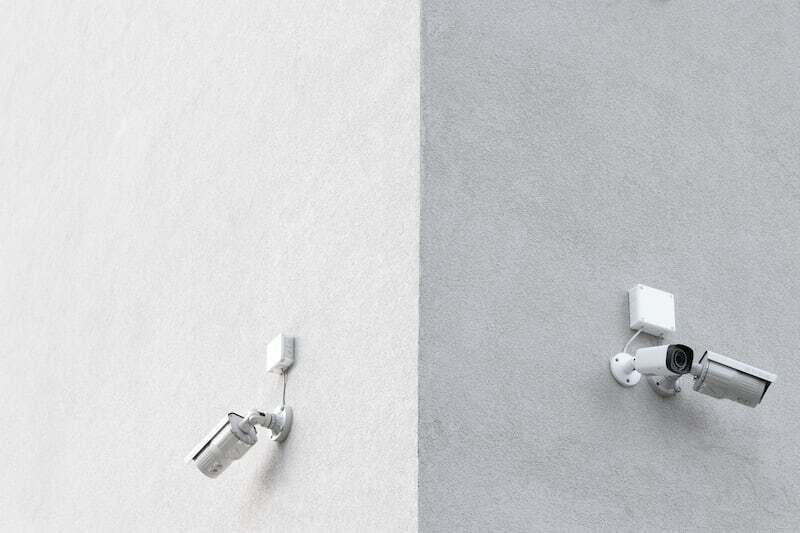Tips for Optimizing Video Surveillance System Placement |2023|
When it comes to securing your business premises, having a robust video surveillance system is essential.
However, simply installing cameras is not enough to ensure comprehensive coverage. To truly maximize the effectiveness of your video surveillance system, strategic placement is key.
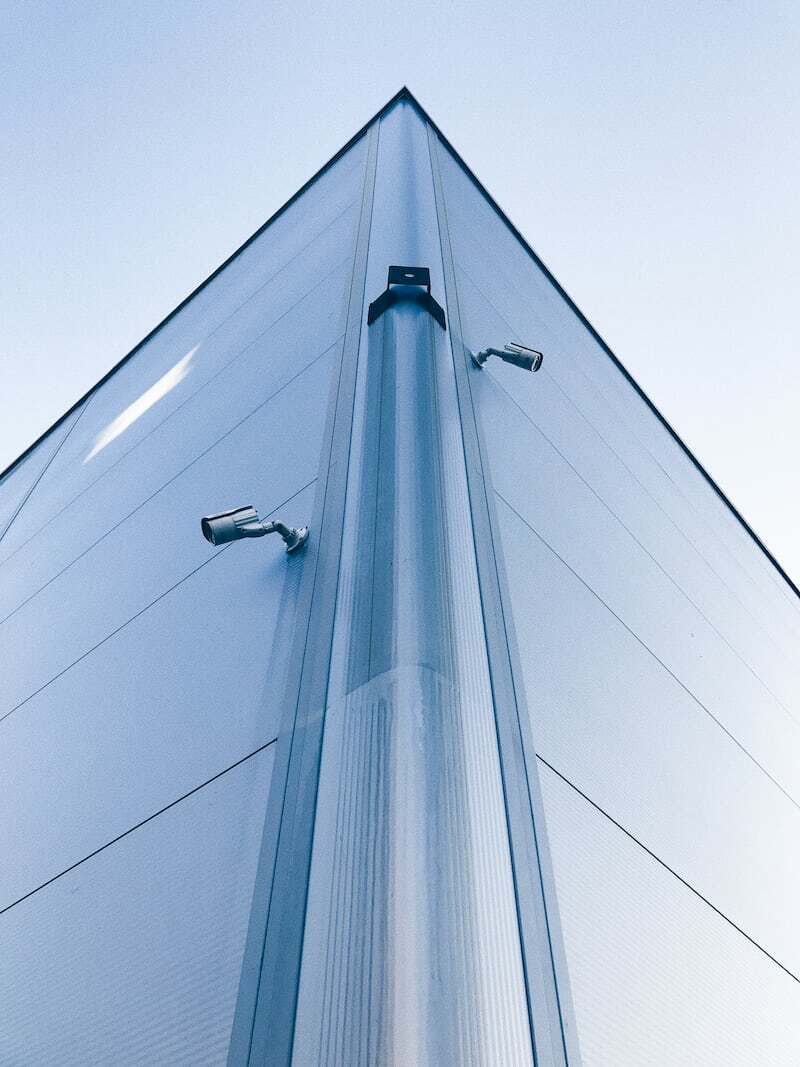
In this article, we will explore the importance of optimizing video surveillance system placement and provide valuable insights and tips to help you make informed decisions.
So, let’s delve into the world of optimizing video surveillance system placement and unlock the full potential of your security infrastructure.
Importance of Camera Placement
To ensure the effectiveness of your video surveillance system, proper camera placement plays a critical role in achieving optimal surveillance coverage and minimizing blind spots.
Strategic positioning allows you to monitor key areas of your business premises, identify potential security threats, and deter criminal activities.
Let’s explore the significance of camera placement in more detail:
1. Comprehensive Coverage for Enhanced Security:
By strategically placing cameras, you can create a surveillance network that covers all crucial areas of your business. This includes entrances, exits, parking lots, storage areas, cash registers, and any other locations that require close monitoring.
Comprehensive coverage ensures that no potential security breaches go unnoticed, providing a strong deterrent effect against criminal activities.
2. Identifying Vulnerable Areas:
Assessing your specific business needs is vital in identifying areas that require heightened surveillance. Conduct a thorough analysis of your premises to determine vulnerable spots, such as blind corners, secluded areas, or places with limited visibility.
These areas often become prime targets for theft, vandalism, or unauthorized access. By focusing on these vulnerable areas, you can allocate resources effectively and enhance security where it is most needed.
3. High-Traffic Areas and Points of Entry:
Pay special attention to high-traffic areas and points of entry, such as main entrances, employee access points, or loading docks. These areas are more prone to security incidents and require close monitoring.
Placing cameras strategically in these locations helps capture clear video footage, allowing you to identify individuals, track movements, and gather valuable evidence if needed.
4. Consider Lighting and Environmental Factors:
Lighting conditions and environmental factors can significantly impact the effectiveness of your video surveillance system. Evaluate lighting levels, both during the day and at night, to ensure proper visibility and clarity of captured footage.
Related: How to Secure your Smart Home Devices from Cyber Attack
Adjust camera placement accordingly to avoid glare, backlighting, or excessive shadows that may compromise image quality.
5. Covering Blind Spots and Vulnerabilities:
Blind spots are areas where surveillance cameras fail to capture adequate footage, leaving gaps in your security coverage.
Identify potential blind spots, such as areas obstructed by objects, architectural features, or landscaping elements. Strategically position cameras to minimize or eliminate these blind spots, ensuring a comprehensive view of your business premises.
6. Adhering to Legal and Privacy Regulations:
While optimizing camera placement, it is crucial to consider legal and privacy regulations. Be aware of any restrictions or guidelines regarding camera placement in specific areas.
Ensure compliance with applicable laws and regulations to protect the privacy rights of employees, customers, and individuals within the vicinity of your business.
By carefully assessing your business needs, identifying vulnerable areas, and strategically placing cameras, you can achieve optimal surveillance coverage and minimize blind spots.
Assessing Business Needs: Determining Areas Requiring Surveillance Coverage
To determine the areas requiring surveillance coverage in your business, it is crucial to assess your specific needs and security priorities.
Here are some detailed steps to guide you in the process:
1. Conduct a Security Audit:
Start by conducting a comprehensive security audit of your business premises. Walk through your facility, both indoors and outdoors, and identify areas where potential security risks exist.
Look for points of entry, sensitive information storage areas, high-value assets, or locations with previous security incidents. This audit will help you prioritize areas that require enhanced surveillance.
2. Evaluate Traffic Flow:
Consider the flow of people and activities within your business premises. Identify high-traffic areas where customers, employees, and visitors congregate.
These areas might include lobbies, waiting rooms, checkout counters, or corridors leading to essential sections of your business. Surveillance coverage in these areas is crucial to monitor interactions, deter misconduct, and ensure the safety of individuals.
3. Assess External Perimeters:
Evaluate the external perimeters of your business, including parking lots, delivery zones, and outdoor storage areas. These areas are often vulnerable to theft, vandalism, or unauthorized access.
Placing cameras strategically to cover these perimeters helps deter criminal activities and provides valuable evidence in case of incidents.
4. Consider Employee Workstations:
Assess employee workstations, especially those handling sensitive data or valuable assets. Monitor areas where employees handle cash, access computer systems, or store confidential information.
Placing cameras in these areas can help prevent internal theft, identify unauthorized access, and ensure adherence to security protocols.
5. Review Incident History:
Analyze past security incidents or suspicious activities that have occurred within your business. Identify patterns or recurring issues that need particular attention.
By reviewing incident history, you can identify areas prone to security breaches and prioritize surveillance coverage accordingly.
6. Consult with Security Professionals:
If needed, consider consulting with security professionals or video surveillance experts. They can provide valuable insights and recommendations based on their expertise and experience in designing effective surveillance systems.
They can assist in assessing your business needs, suggesting optimal camera placement, and helping you select suitable surveillance equipment.
Related: 8 Benefits of Commercial Video Surveillance Systems
Identifying Vulnerable Areas: Focus on Key Security Hotspots
When optimizing your video surveillance system, it is crucial to identify and prioritize vulnerable areas within your business premises.
By focusing on these areas, you can maximize the effectiveness of your surveillance efforts.
Here are some common vulnerable areas that businesses should pay close attention to:
1. Cash Registers and Point of Sale (POS) Areas:
Cash registers and POS areas are prime targets for theft and fraud. Placing cameras to cover these locations helps monitor transactions, deter employee theft, and provide evidence in case of discrepancies or disputes.
2. Inventory Storage and Warehouses:
Inventory storage areas and warehouses often contain valuable assets that are at risk of theft or unauthorized access. Positioning cameras strategically in these areas enables continuous monitoring, discourages theft, and facilitates inventory management.
3. Entrances, Exits, and Access Points:
Entrances, exits, and access points are critical areas for surveillance. These locations require clear visibility to capture individuals entering and leaving the premises, ensuring effective access control and deterring unauthorized entry.
4. Secluded Corners and Blind Spots:
Secluded corners and blind spots provide hiding places for criminals or enable unauthorized activities to go unnoticed. Identify these areas and ensure proper camera placement to eliminate blind spots and minimize the risk of security breaches.
5. Parking Lots and Exterior Spaces:
Parking lots and exterior spaces are susceptible to theft, vandalism, or vehicle-related incidents. Install cameras to cover these areas, providing visual evidence of any incidents, monitoring vehicle movements, and enhancing overall safety.
6. Sensitive or Restricted Areas:
Identify sensitive or restricted areas within your business premises, such as server rooms, control centers, or areas with confidential information. Implement strict access control measures and install cameras to monitor these locations closely.
By focusing on these vulnerable areas, you can strengthen your overall security posture and mitigate potential risks effectively.
Considerations for Camera Selection
Choosing the Right Cameras for Optimal Performance
Selecting the appropriate cameras for your video surveillance system is crucial to ensure accurate monitoring in various environments.
Here are some key factors to consider:
- Resolution and Image Quality:
Choose cameras with high-resolution capabilities to capture clear and detailed footage. Higher resolution enables better identification of individuals and important details during investigations. - Field of View (FoV):
Assess the areas you need to cover and select cameras with suitable FoV to ensure comprehensive coverage. Wide-angle lenses are ideal for monitoring expansive areas, while narrow FoV lenses are useful for capturing specific details over shorter distances. - Low-Light Capabilities:
Consider cameras with excellent low-light performance, especially for areas with limited lighting conditions or during nighttime surveillance. Look for cameras with low-light features like IR (infrared) illumination or low-light image sensors. - Weather Resistance:
For outdoor surveillance, choose cameras that are weatherproof and capable of withstanding harsh environmental conditions. Weather-resistant cameras are essential to ensure reliable performance and longevity. - Camera Placement Flexibility:
Opt for cameras that offer flexibility in terms of mounting options, such as wall-mounted, ceiling-mounted, or pole-mounted. This flexibility allows you to position cameras optimally for the desired field of view and coverage.
Lighting and Illumination
Optimizing Camera Performance in Various Lighting Conditions
Proper lighting is crucial for optimizing the performance of your video surveillance system. Consider the following tips to maximize camera effectiveness in different lighting conditions:
- Evaluate Existing Lighting:
Assess the existing lighting conditions within your business premises. Identify areas with poor lighting or excessive glare that might affect camera performance. Make necessary adjustments to improve visibility. - Supplemental Lighting:
Install supplemental lighting sources strategically to enhance visibility in dimly lit areas or during nighttime surveillance. Use options such as infrared (IR) illuminators or motion-activated lights to ensure adequate illumination without compromising surveillance efforts. - Avoid Overexposure and Glare:
Position cameras in a way that avoids direct exposure to bright light sources, which can cause overexposure and wash out important details. Adjust camera angles and use anti-glare features or filters to minimize the impact of excessive light. - Use WDR and Backlight Compensation:
Cameras equipped with Wide Dynamic Range (WDR) and Backlight Compensation (BLC) technologies can handle scenes with high contrast lighting, such as areas with bright sunlight and deep shadows. These features help balance exposure and ensure clear visibility of subjects. - Regular Maintenance and Cleaning:
Keep camera lenses and housing clean to maintain optimal image quality. Regularly remove dust, dirt, and debris that might obstruct the camera’s field of view. Ensure that lighting fixtures and bulbs are in proper working condition.
By considering lighting conditions and implementing appropriate techniques, you can optimize the performance of your video surveillance system and capture clear, actionable footage.
Camera Positioning Techniques
Optimizing Surveillance Coverage
When it comes to camera placement in your video surveillance system, employing the right techniques is crucial to maximize coverage and capture actionable footage.
Here are different camera positioning techniques to consider:
1. Wall Mounting:
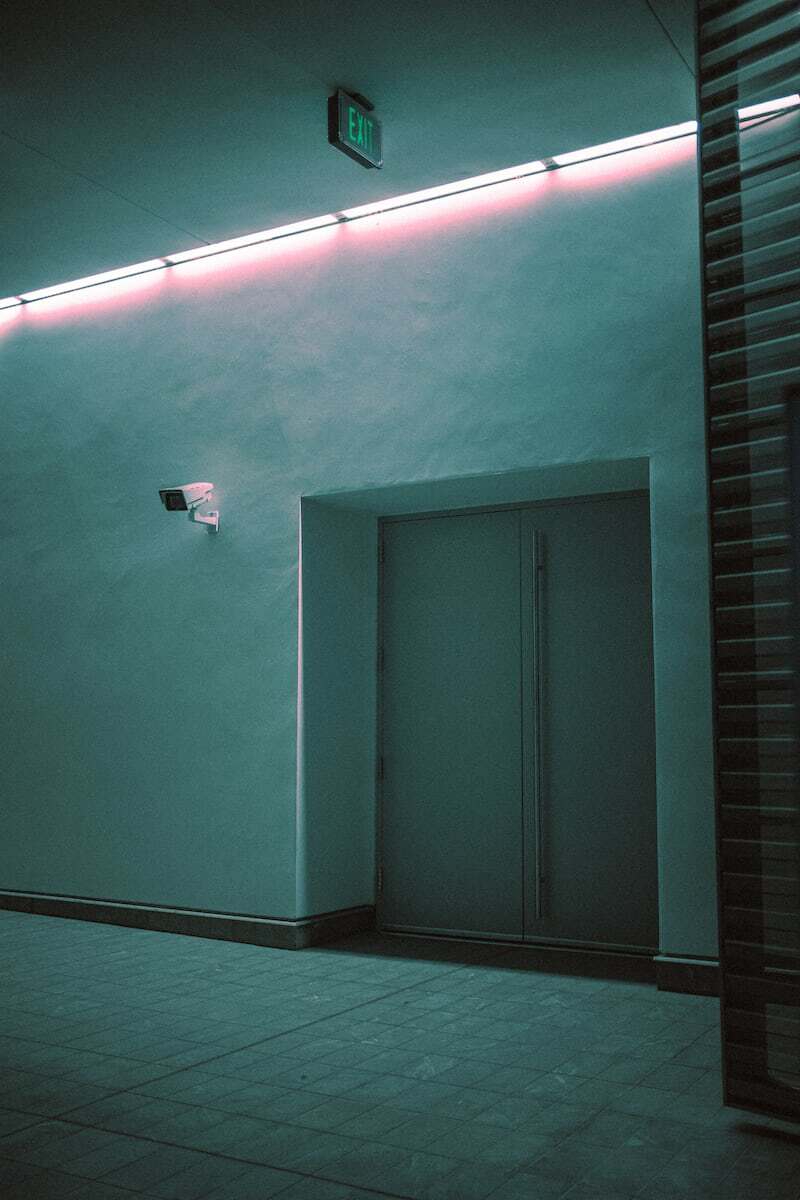
Wall mounting involves installing cameras on vertical surfaces such as walls or pillars. This technique offers versatility and is suitable for monitoring large areas or corridors. Wall-mounted cameras provide a wide field of view and can be positioned at optimal heights for capturing activities at eye level.
2. Ceiling Mounting:
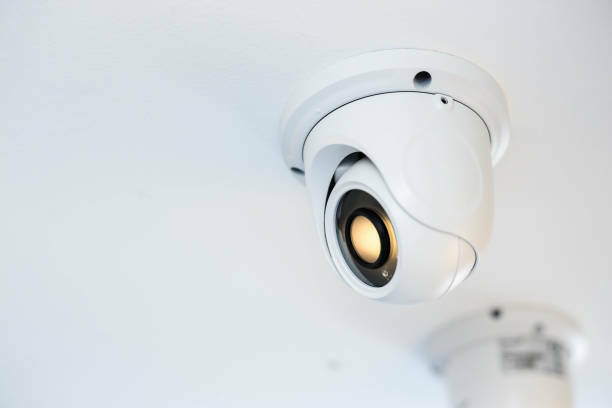
Ceiling mounting involves fixing cameras on overhead surfaces such as ceilings or suspended structures. This technique is ideal for achieving a comprehensive top-down view of the monitored area. Ceiling-mounted cameras are often used in open spaces, retail environments, or areas where a discreet surveillance presence is desired.
3. Corner Mounting:
Corner mounting involves placing cameras at the junction of two walls, providing an optimal vantage point for monitoring intersecting areas. This technique offers a wider coverage angle, enabling surveillance of multiple directions and minimizing blind spots. Corner-mounted cameras are commonly used in hallways, building entrances, or areas with limited installation options.
It is important to consider the specific surveillance requirements and the layout of your business premises when choosing the appropriate camera positioning technique.
Assess the area to be monitored, the desired field of view, and any potential obstacles or obstructions that may affect camera placement.
Privacy and Legal Considerations
Respecting Privacy Rights
While optimizing camera placement is crucial for security, it is equally important to address privacy concerns and comply with legal regulations.
Here are key considerations regarding privacy and camera placement:
- Adhere to Legal Regulations:
Familiarize yourself with local laws and regulations pertaining to video surveillance in your jurisdiction. Understand the restrictions on camera placement in certain areas, such as private spaces or areas where individuals have a reasonable expectation of privacy. - Inform and Notify:
Clearly communicate the presence of video surveillance by displaying prominent signage. Inform individuals entering the premises that they are being recorded, emphasizing that the system is in place to enhance safety and security. - Avoid Intrusive Areas:
Avoid placing cameras in areas where individuals have a reasonable expectation of privacy, such as restrooms, changing rooms, or private offices. Focus on public areas and ensure camera angles are directed towards public spaces rather than private areas. - Masking and Privacy Zones:
Utilize camera features like masking or privacy zones to exclude or blur specific areas that require enhanced privacy, such as neighboring properties or windows of adjacent buildings. This ensures that only relevant areas are monitored.
By adhering to privacy regulations and being mindful of individuals’ privacy rights, you can strike a balance between security and respecting privacy concerns.
Regular Maintenance and Testing
Ensuring Optimal Camera Performance
Regular maintenance and testing of your video surveillance system are vital to ensure optimal camera performance and reliable coverage.
Here are essential tasks to incorporate into your maintenance routine:
- Obstructed View Checks:
Regularly inspect camera placement to ensure there are no obstructions, such as vegetation, signage, or equipment, that might impede the camera’s field of view. Clear any obstructions to maintain uninterrupted coverage. - Angle Adjustment:
Assess camera angles periodically to ensure they are capturing the desired areas effectively. Make necessary adjustments to optimize the field of view and ensure critical areas are within the camera’s range. - Lens Cleaning:
Clean camera lenses regularly to remove dust, smudges, or dirt that can affect image quality. Use appropriate cleaning materials and techniques recommended by the manufacturer to avoid damage. - Functionality Testing:
Conduct regular functionality tests to ensure cameras are recording properly and transmitting data effectively. Verify that all cameras are connected to the recording system and that the footage is being stored correctly. - System Updates and Upgrades:
Stay up to date with firmware updates and software upgrades provided by the camera manufacturer. These updates often include bug fixes, security patches, and new features that enhance camera performance. - Power and Connectivity:
Check power and connectivity of cameras to ensure they are functioning properly. Replace any faulty cables or connectors, and ensure cameras have a reliable power source to prevent disruptions in surveillance coverage.
Regular maintenance and testing not only help identify and resolve issues promptly but also ensure that your video surveillance system operates at its peak performance, providing you with reliable security coverage.
Integration with Other Security Measures
Enhancing Overall Security
Integrating video surveillance systems with other security measures can significantly enhance the overall security of your business.
Here are the key benefits of integrating video surveillance with access control systems, alarm systems, and other security measures:
1. Comprehensive Security Coverage:
By integrating video surveillance with access control systems and alarm systems, you create a comprehensive security solution.
Access control systems ensure that only authorized individuals can enter designated areas, while video surveillance provides visual verification of access events, enhancing security and accountability.
2. Real-Time Event Response:
Integration allows for real-time event monitoring and response. When an access control system detects unauthorized access or a triggered alarm system, video surveillance can immediately capture and relay the corresponding footage.
This enables security personnel to respond promptly, investigate incidents, and take appropriate action in real time.
3. Enhanced Situational Awareness:
Integrating different security measures provides a holistic view of the security landscape. By combining access control data, alarm notifications, and video surveillance footage, businesses can gain comprehensive situational awareness.
This enables quick identification of potential security threats and the ability to respond effectively.
4. Forensic Investigations and Evidence:
Integrated video surveillance systems can provide valuable evidence for forensic investigations. When an incident occurs, synchronized data from access control systems, alarm systems, and video surveillance can help reconstruct events, identify individuals involved, and support legal proceedings if necessary.
5. Streamlined Operations and Efficiency:
Integration of security measures optimizes operational efficiency. For example, when an access control system detects an unauthorized entry attempt, video surveillance can automatically focus on the specific entry point, eliminating the need for manual camera adjustments. This automation saves time, reduces errors, and improves overall security response.
Ongoing Monitoring and Evaluation
Maintaining Optimal Surveillance Coverage
To ensure the continued effectiveness of your camera placement and video surveillance system, it is important to regularly monitor and evaluate its performance.
Here are some key steps to follow:
- Review Surveillance Objectives:
Regularly assess your surveillance objectives and ensure that your camera placement aligns with these goals. Determine if there are any new areas of concern or changes in business operations that require adjustments to the surveillance coverage. - Evaluate Footage Quality:
Regularly review recorded footage to assess its quality and clarity. Check for any issues such as blurry images, pixelation, or poor lighting conditions. If necessary, make adjustments to camera positions or settings to optimize image quality. - Consider Environmental Factors:
Take into account environmental changes that may impact camera performance, such as new construction, landscaping, or changes in lighting conditions. Make necessary adjustments to maintain optimal surveillance coverage. - Periodic Camera Maintenance:
Schedule regular maintenance for your cameras, including cleaning lenses, checking connections, and updating firmware. Address any technical issues promptly to avoid disruptions in surveillance coverage. - Collaborate with Security Professionals:
Seek input and advice from security professionals or experts to ensure your camera placement and surveillance system are aligned with best practices. They can provide valuable insights and help identify any areas for improvement.
Regular monitoring and evaluation of your camera placement and video surveillance system allows you to maintain optimal coverage, address emerging security needs, and ensure the ongoing effectiveness of your security measures.
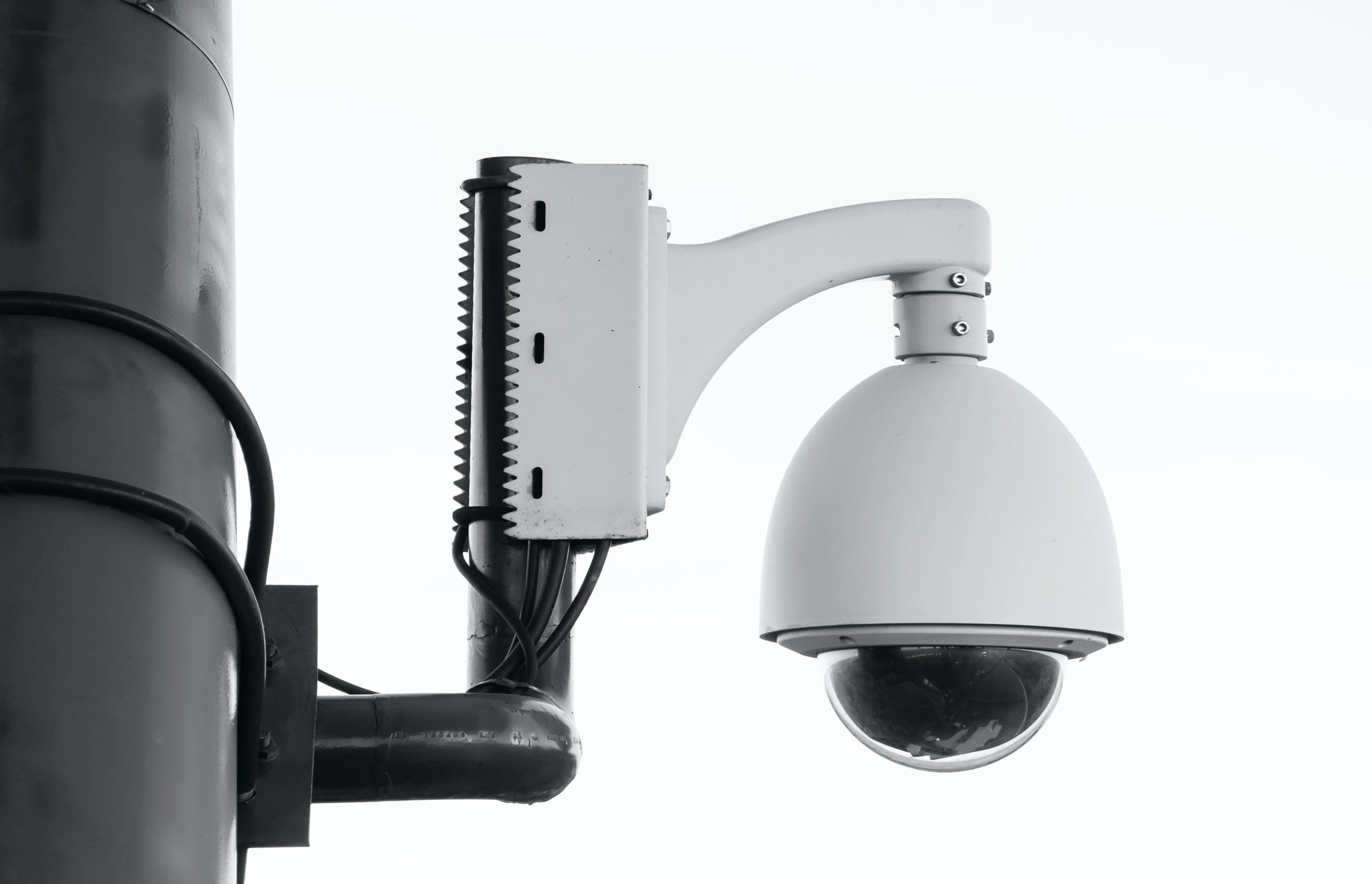
Final Thoughts: Tips for Optimizing Video Surveillance systems
In conclusion, optimizing the placement of your video surveillance system is crucial for achieving optimal surveillance coverage and minimizing blind spots.
By assessing your specific business needs, identifying vulnerable areas, considering camera selection, lighting, and employing effective camera positioning techniques, you can enhance the effectiveness of your surveillance system.
Additionally, it is important to address privacy and legal considerations, regularly maintain and test your cameras, integrate with other security measures, and continually monitor and evaluate your camera placement for ongoing effectiveness.
Remember, a well-planned and strategically positioned video surveillance system provides an invaluable layer of protection for your business, deterring potential threats and providing crucial evidence in the event of security incidents.
By implementing these best practices, you can create a robust and reliable security infrastructure that helps safeguard your assets, protect your employees and customers, and maintain a secure environment.
To optimize your video surveillance system placement and ensure the utmost security for your business, consult with security professionals who can offer expertise and guidance tailored to your specific needs.
With proper camera placement, your video surveillance system becomes a powerful tool in maintaining a safe and secure business environment.

